Do you know how many milligrams in a gram? Reading the entire post helps you make these calculations easy. Grams and milligrams measure the mass or weight of different food substances or pharmaceutical drugs in everyday life.
Many more applications use these units to measure mass in everyday life.
Suggested
- how many milliliters in a liter
- how many teaspoons in a cup
- how many tablespoons in ½ cup
- how many cups is 4 oz
- how many tablespoons are in ¼ cup
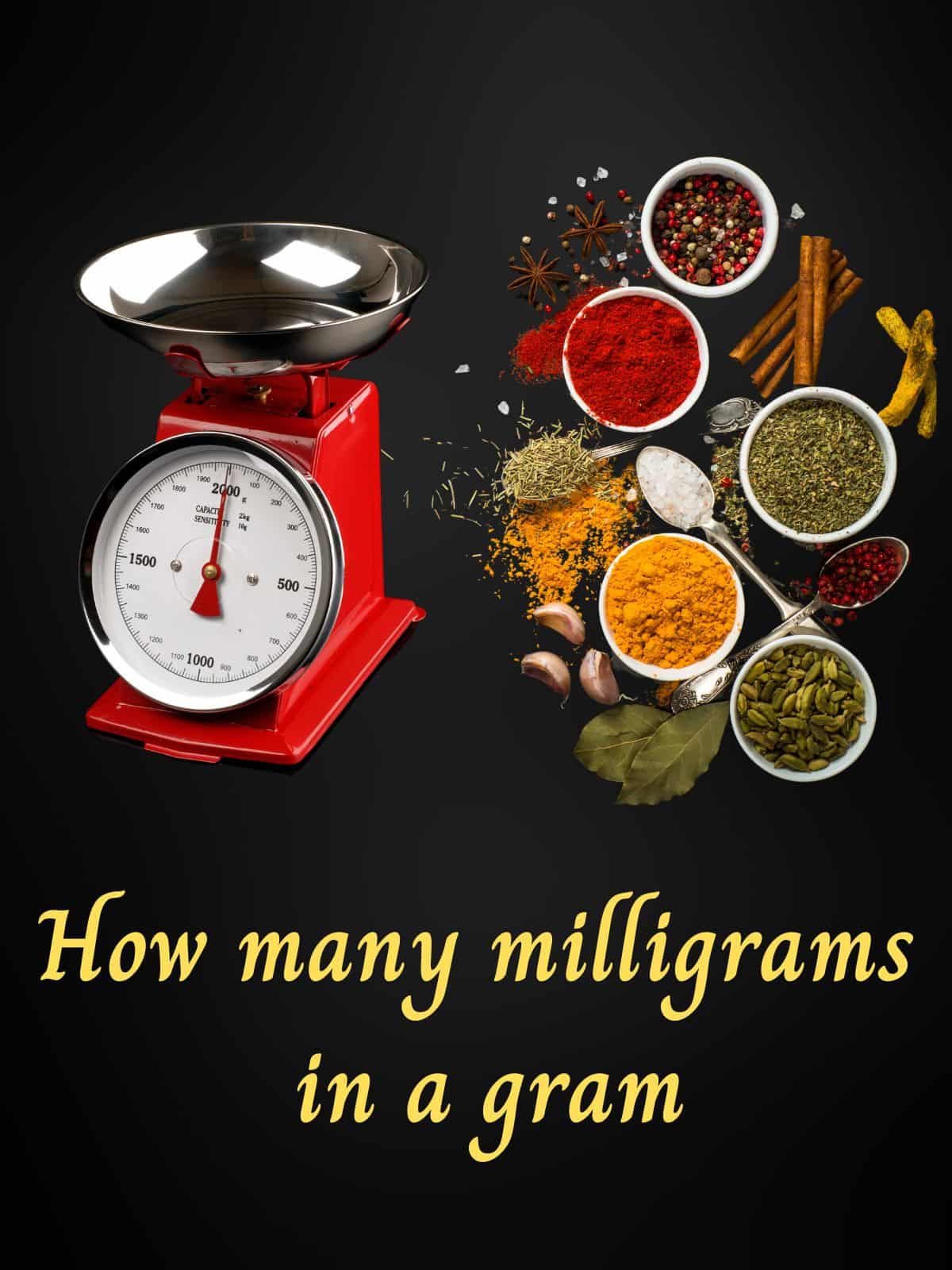
Jump to:
What is a milligram?
In the metric system or SI system, a milligram is a unit of mass measurement equal to one-thousandth of a gram.
1 mg = 1/1000 g or 0.001 g or 0.0154 grains.
To denote a milligram, use an abbreviation of 'mg.'
It is the smaller unit of mass when compared to grams. To mention any value, for example, 200 milligrams, we denote it as 200 mg.
What is a gram?
A gram is the metric unit of mass used to measure the weight of objects or food substances in the metric system or according to the SI system(System of International). It is equal to one-thousandth of a kilogram.
Gram is a smaller unit of mass compared to a kilogram and more prominent when compared to a milligram.
To denote a gram, the abbreviation we use is 'g.' To mention it and represent grams value, say 30 grams, we write it as 30 g.
Examples of grams
A teaspoon of sugar holds 4.2 grams, and ¼ teaspoon equals a gram of sugar to exactly say how much a gram is approximate.
Other examples of a gram are a paper clip, a US dollar bill, etc. Also, 15 grains is equal to a gram.
Dividing these grains into a thousand equals a milligram, and one can imagine how tiny it goes.
Some more examples to cite here are 1 gram of gold equals a thousand milligrams.
We can see the grams measurement in most of the cooking ingredients and many food substances that mention grams on their packaging.
Also, we use grams a lot while baking and measuring the ingredients accurately using a scale.
Milligrams also appear on small food packs and have their usage while conducting various laboratory experiments.
How many milligrams in 1 gram?
One gram equals a thousand milligrams in the metric system. Many countries that do not follow the Imperial system use grams and milligrams to measure smaller units of mass.
1 gram = 1000 mg
The formula used to convert grams to milligrams(g to mg) is multiplying the gram value by 1000.
Since a gram is a more significant value and milligrams are minor than a gram, we always need to multiply by 1000 to convert from a bigger value to a smaller value.
Another simple trick is to move the decimal three places to the right to give accurate results from grams to milligrams.
Milligrams to grams formula
Formula: Mg = grams * 1000
Examples
- Convert 2 grams to milligrams.
2 g = 2 * 1000 = 2000 milligrams or 2000 mg
- Convert 6 grams to milligrams.
6 g = 6 * 1000 = 6000 milligrams or 6000 mg
- Convert 100 g to mg
100 g = 100 * 1000 = 100000 mg
- Convert 0.5 g to mg
0.5 g = 0.5 * 1000 = 500 mg
- Convert 0.08 g to mg
0.08 g = 0.08 * 1000 = 80 mg
- Convert 0.006 g to mg.
0.006 g= 0.006 * 1000 = 6 mg
Check out the table below to convert various values from grams to milligrams.
Table to convert grams to milligrams( g to mg).
| Grams (g) | Milligrams(mg) | Grams (g) | Milligrams(mg) |
| 0.01 g | 10 mg | 4 g | 4000 mg |
| 0.1 g | 100 mg | 4.5 g | 4500 mg |
| 1 g | 1000 mg | 5 g | 5000 mg |
| 1.25 g | 1250 mg | 5.5 g | 5500 mg |
| 1.5 g | 1500 mg | 6 g | 6000 mg |
| 1.75 g | 1750 mg | 6.5 g | 6500 mg |
| 2 g | 2000 mg | 7 g | 7000 mg |
| 2.25 g | 2250 mg | 7.5 g | 7500 mg |
| 2.5 g | 2500 mg | 8 g | 8000 mg |
| 2.75 g | 2750 mg | 9 g | 9000 mg |
| 3 g | 3000 mg | 10 g | 10000 mg |
| 3.5 g | 3500 mg | 20 g | 20000 mg |
How many grams are in a milligram?
This conversion, grams in a milligram, is the vice versa of grams to milligrams, and to know their values, we need to divide by 1000 to get the gram value.
We know 1 milligram equals one-thousandth of a gram; that is,
1 mg = 1/1000 g or 0.001 g.
To convert any milligram value into grams, divide the given milligram by 1000.
Formula to convert mg to grams
Formula: grams = mg /1000.
Let us look at some examples below.
- Convert 10 mg to grams.
10 mg = 10/1000 = 0.01 g
- Convert 200 mg to grams.
200 mg = 200/1000 = 0.2 g
- Convert 1500 mg to grams.
1500 mg = 1500/1000 = 1.5 g
Similarly, calculating the mg to g value simply by dividing by a thousand quickly gives us results.
Another easy way is to move the decimal to three places to the left, showing us results without a calculator's help.
Table to convert milligrams to grams(mg to g)
| Milligrams (mg) | Grams (g) | Milligrams (mg) | Grams (g) |
| 1 mg | 0.001 g | 70 mg | 0.07 g |
| 2 mg | 0.002 g | 80 mg | 0.08 g |
| 3 mg | 0.003 g | 90 mg | 0.09 g |
| 4 mg | 0.004 g | 100 mg | 0.1 g |
| 5 mg | 0.005 g | 200 mg | 0.2 g |
| 6 mg | 0.006 g | 300 mg | 0.3 g |
| 7 mg | 0.007 g | 400 mg | 0.4 g |
| 8 mg | 0.008 g | 500 mg | 0.5 g |
| 9 mg | 0.009 g | 600 mg | 0.6 g |
| 10 mg | 0.01 g | 700 mg | 0.7 g |
| 20 mg | 0.02 g | 800 mg | 0.8 g |
| 30 mg | 0.03 g | 900 mg | 0.9 g |
| 40 mg | 0.04 g | 1000 mg | 1 g |
| 50 mg | 0.05 g | 2000 mg | 2 g |
| 60 mg | 0.06 g | 3000 mg | 3 g |
Grams and Milligrams of Food Substances
If we look at the nutrition labeling, we can see the serving size given in grams for some food substances such as salt, sugar, spices, and mainly dry food items.
We can also see the serving size in grams and the cup size on the nutrition labels.
When we see the nutrients divided for the serving size, we can quickly notice the nutrients they mention for that particular serving size are given in milligrams(mg), grams(g), or micrograms(mcg).
The meaning of the nutrients mentioned is that each serving of food mentioned on the label contains nutrients of so much quantity for the given serving.
For example, a banana that is of medium size contains 100 to 110 calories approximately.
Therefore, each banana has 0 g fat, 1 g protein, 28 g carbs, 15 g natural sugars, 3 g fiber, and 450 mg potassium.
In the above nutrition data for a single banana, we can easily say by looking at it that each banana contains nutrients in grams and milligrams.
The data says that bananas have no fat content and are given as 0 grams. It contains protein that is 1 g and shows a good amount of carbs in a single banana, and it also has a good amount of natural sugars that are not added.
The fruit also has a high amount of fiber and less potassium, which is in mg. These values on food and nutrition data help us decide whether the food we consume is healthy or unhealthy.
Therefore, having such data on food products helps us to limit our intake by knowing the pros and cons of the different food substances we consume.
If you ever come across a milligram, it is a small quantity and less than a gram.
Conclusion
In short and simple words, a cup of rice can be measured in grams, whereas the individual grains can be calculated as milligrams.
In conclusion, know how many milligrams are in a gram; multiply the grams by 1000. To know milligrams to grams, divide the milligrams by 1000.
Examples
Grams to milligrams
Convert 3 g to mg.
3 g = 3 * 1000 = 3000 mg
Milligrams to grams
950 mg to grams.
950 mg = 950/1000 = 0.95 g.
I hope this post helps to easily convert how many milligrams in a gram and how many grams in a milligram.
If you have any queries, we will help you solve all your questions and conversions if you leave us a comment in the box below.
Frequently asked questions
To know the value of 500 mg in grams, divide the smaller value, 500 mg, by a thousand to get the result in grams.
500 mg = 500/1000 = 0.5 g
To know the 1000 mg in grams, divide the smaller value, 1000 mg, by a thousand to get the result in grams.
1000 mg = 1000/1000 = 1 g
250 mg = 250/1000 = 0.25 g
750 mg = 750/1000 = 0.75 g

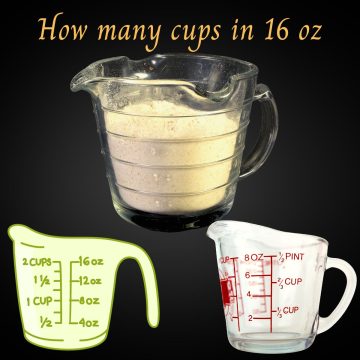
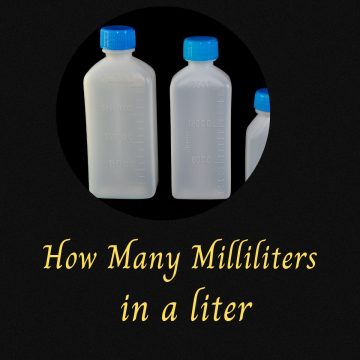
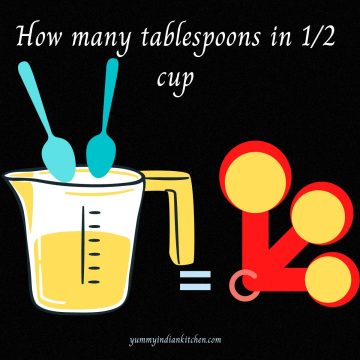
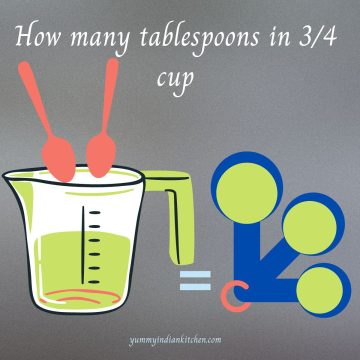
Leave a Reply